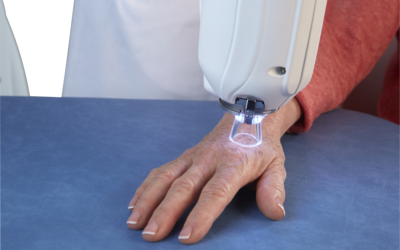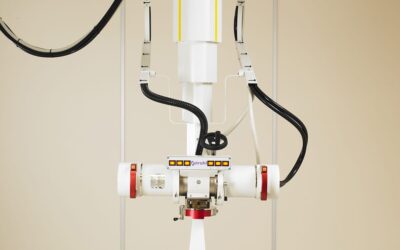Patients with a basal cell carcinoma (BCC) of the nose may be recommended radiotherapy (RT) with a wide variation in techniques and prescribed dose fractionation schedules between clinicians. The aim of this study was to ascertain variability in the patterns of practice among Australian and New Zealand radiation oncologists (ROs) when treating BCC arising on the nose. A postal survey was sent to 222 practising ANZ ROs detailing 12 different clinical scenarios of a BCC arising on the nose. The treatment selected for each scenario was analysed according to clinician’s attitudes, training, experience and the availability of resources. The response rate was 74% (165/222) with 90 respondents treating non-melanoma skin cancer. Training was perceived to have a marked influence on treatment practice by most (79%). In total, 72% of ROs were ‘very certain’ in their choice of a dose fractionation schedule for obtaining local control and 61% for a satisfactory cosmetic outcome, respectively. Most (76%) favoured low-voltage photons over electrons as the optimal method of treatment, although for certain clinical scenarios most would use electrons. Dose fractionation schedules were highly variable with a lower total dose and hypofractionation favoured for older patients. Low-voltage photons were favoured for the T1 BCC and electrons for the T2 and T4 BCC. Nearly one-third of the ROs chose megavoltage photons for the T4 lesion. There is marked variation in treatment practices in terms of recommending RT over other treatment options, the choice of RT method, the dose fractionation schedule, the extent of field margins and the point of dose prescription.
Veness MJ, Chong L, Tiver K & Gebski V.






